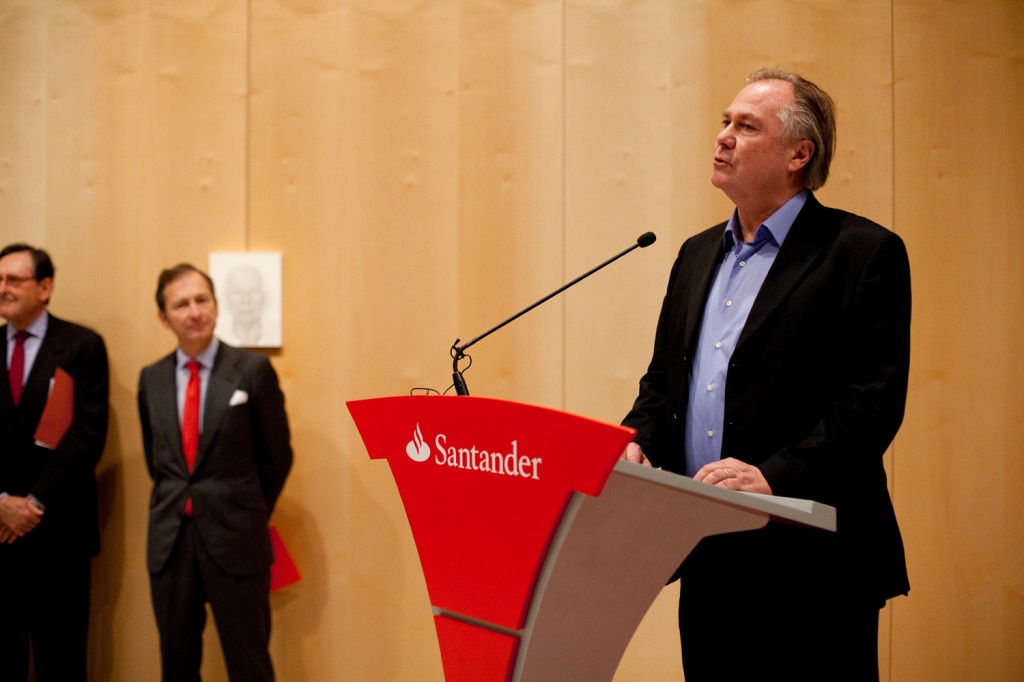Contemporary Lynx had the pleasure to talk to Timothy Persons – the curator of the exhibition entitled Everybody is Nobody for Somebody. It opened on February 14 in Madrid at the art gallery of the Santander Foundation and will run until 15 June. The exhibition showcases over 100 works by 57 Polish and international artists from Grażyna Kulczyk Collection. Each year, the Santander Art Gallery organises temporary exhibitions of works from private collections of the world’s most important art collectors. Grażyna Kulczyk is the first such individual from this part of Europe to be invited by the Foundation.

The opening of the exhibition Everybody is Nobody for Somebody photo Oscar H Espinosa, courtesy of Fundacion Banco Santander, Madrid 2014
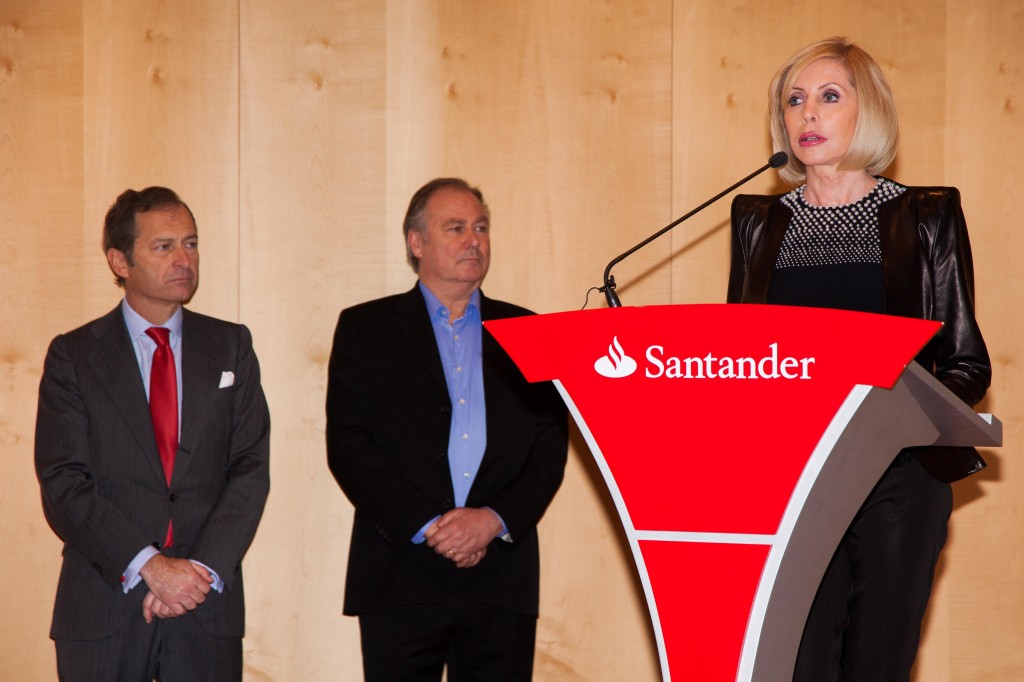
Grażyna Kulczyk, preview of the exhibition Everybody is Nobody for Somebody, photo Bartek Buśko, courtesy of Art Stations Foundation, Madrid 2014
Contemporary Lynx: Everybody is Nobody for Somebody– how should we interpret the title?
Timothy Persons: Everybody is Nobody for Somebody embodies the concept that all individuals are entitled to their own perspective regardless of their notoriety. It opens up a mental space where ideas can be shared, rather than judged. Artists in particular, whether known or not, measure their concepts in a mutual dialogue with other artists. This conversation forms its own language, which transcends politics, religion and the passage of time.
CL: How did you collaborate with Grażyna Kulczyk in creating the exhibition? How did you decide which works to present?
TP: Grażyna from the beginning gave me free hand to create the title, choose the works and design the layout of the exhibition. We mutually discussed what she was hoping to see from her collection and how it would eventually unfold into the dialogues we created.

Preview of the exhibition Everybody is Nobody for Somebody, photo Bartek Buśko, courtesy of Art Stations Foundation, Madrid 2014
CL: You teach at Aalto University in Helsinki and you are one of the founders of the legendary Helsinki School. You brought a new way of thinking into the school. Students and artists associated with Helsinki School have an intense and precise aesthetic awareness in common. They work with thoroughly planned concepts and whole thematic series. Has the same idea motivated you to execute this exhibition?
TP: What I´ve learned from my Helsinki School experience is to be flexible when curating any type of exhibition. Use the title as a means to usher in the concept of what you wish to say and utilize the space with the works to find a mutual balance. It’s all about opening your mind to find it.
CL: You suggests two possible paths for exploring the exhibition. The first one, connected with gender, with a clear dominance of the women’s art. The other part of the exhibition primarily highlights minimalist and conceptual art. Why these two paths?
TP: These two paths of thought were selected as they best describe how Grażyna Kulczyk began her collection and how it has diversified and evolved into what is has become today. Any collection of contemporary art, especially one of this scale, moves and bends like a large river flows. It collects new histories as it expands as well as opening different channels of thought for fresh interpretations. What I truly appreciate in Grażyna is her mixture of head and heart in realizing the works she has chosen to surround herself with.

The opening of the exhibition Everybody is Nobody for Somebody photo courtesy of Art Stations Foundation, Madrid 2014
CL: Everybody is Nobody for Somebody present a dialogue between Polish artists and key artistic movements of the XX and XXI century. The exhibition shows that works created in Poland where on par with those in main artistic centres. At times, the Polish artists were contributing their own important interpretation of these key movements. Could you tell us more about this dialogue?
TP: One of the central aims of this exhibition was to present to the public that Poland’s most relevant contemporary artists were in fact not only in dialogue with their western contemporaries but also leading the conversation. Alina Szapocznikow, Natalia LL and Zofia Kulik are good examples of how these gender-orientated artists not only challenged the “norms” of their generation but of the whole political system. These collective works are life statements that evolved out of a flawed political system. On the other end of the Polish spectrum we have Roman Opałka, Stanislaw Dróżdż, Jan Berdyszak and Edward Krasiński. Not unlike their more noted western contemporaries as Donald Judd, Dan Flavin and Sol Lewitt, these artists helped set the framework by which we today measure minimal and conceptual art.
This exhibition was curated to be a bridge using the collection as its platform to introduce the public to artists from dissimilar political situations in an arena where original ideas have no borders and the creative spirit in its own language.
CL: When did you first come across Polish art? Is there something special about it?
TP: My first real taste of Polish art came in 1988-89 in a solo show of Teresa Pągowska I curated in my gallery in Helsinki, Finland. It was through this encounter and my travels to Warsaw that I first stumbled upon the names of Zofia Kulik and Roman Opałka. However, my real education in Polish art began with one small step at a time and a lot of patience from the ŻAK/Branicka gallery in Berlin. Their program has opened me to new names and ideas I hadn’t known before.
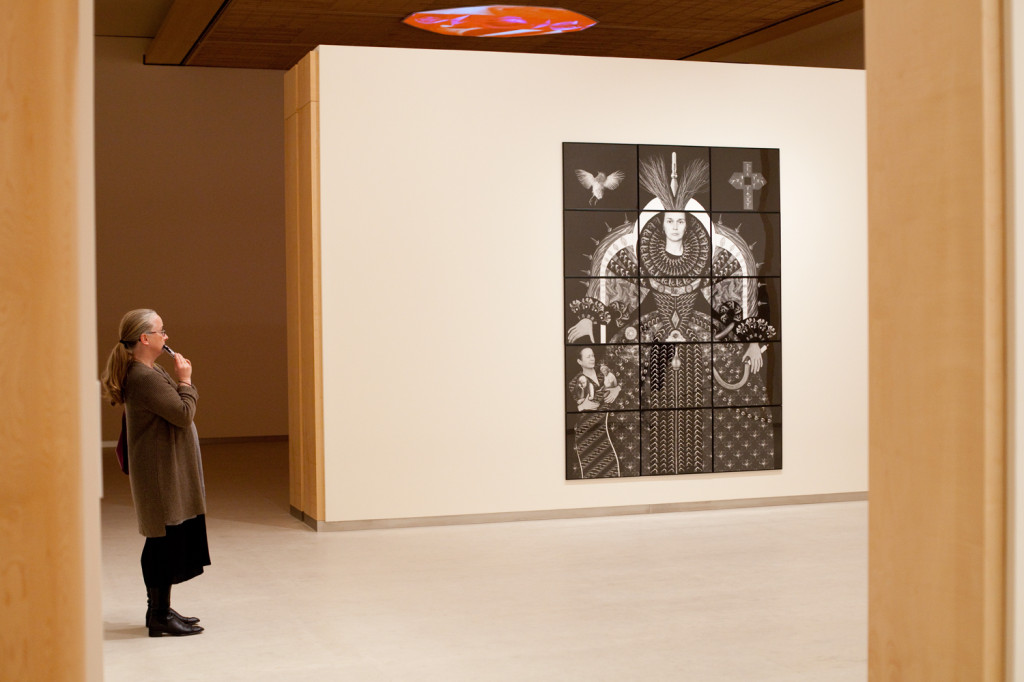
Preview of the exhibition Everybody is Nobody for Somebody, photo Bartek Buśko, courtesy of Art Stations Foundation, Madrid 2014
CL: In your opinion, what can Polish art contribute to the international art scene?
TP: The question shouldn’t be whether Polish art can contribute to the international scene as it already has. Grażyna Kulczyk is the most important leader in promoting Polish art from the private sector internationally. The question now should be where is the vision from the Polish State in sustaining what Grażyna has already done and expanding it from a national cultural view.
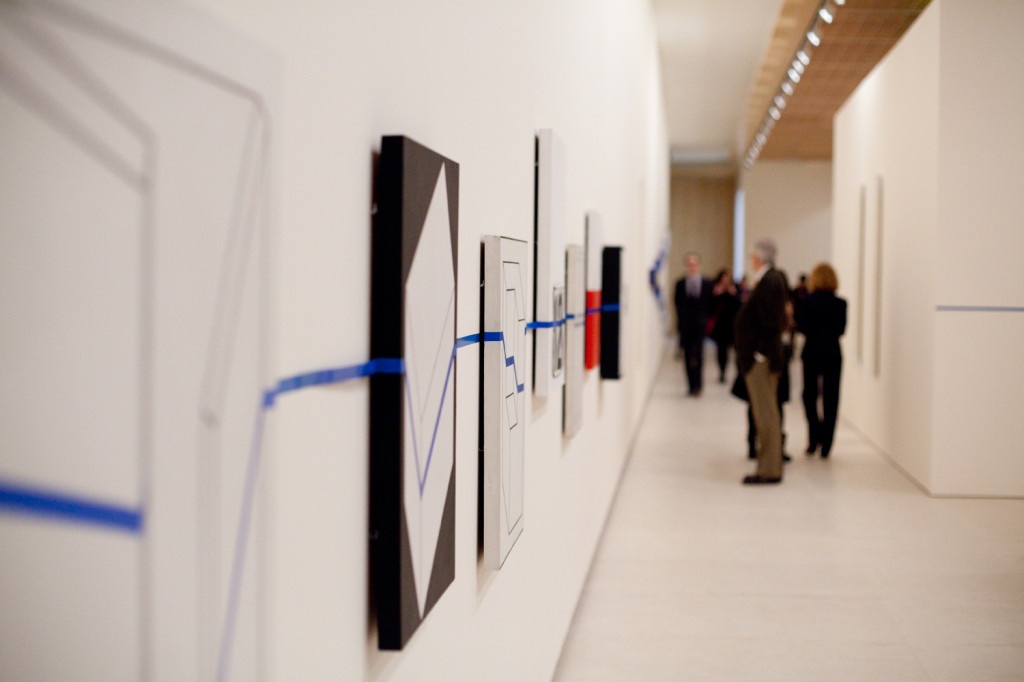
Preview of the exhibition Everybody is Nobody for Somebody, photo Bartek Buśko, courtesy of Art Stations Foundation, Madrid 2014
Biography:
Timothy Persons born 19.8.1954 in Narvik, Norway. Lives and works in Berlin and Helsinki. Timothy is the curator of Gallery Taik Persons and Adjunct Professor at the Aalto University School of Art and Design in Helsinki, Finland. Moreover, he is the principle architect and leader of the Helsinki School, a senior curator for Kulturhuset in Stockholm and has been Senior Curatorial Advisor to the Danish National Museum of Photography in Copenhagen as well as KIASMA Museum of Modern Art in Helsinki.

Preview of the exhibition Everybody is Nobody for Somebody, photo Bartek Buśko, courtesy of Art Stations Foundation, Madrid 2014
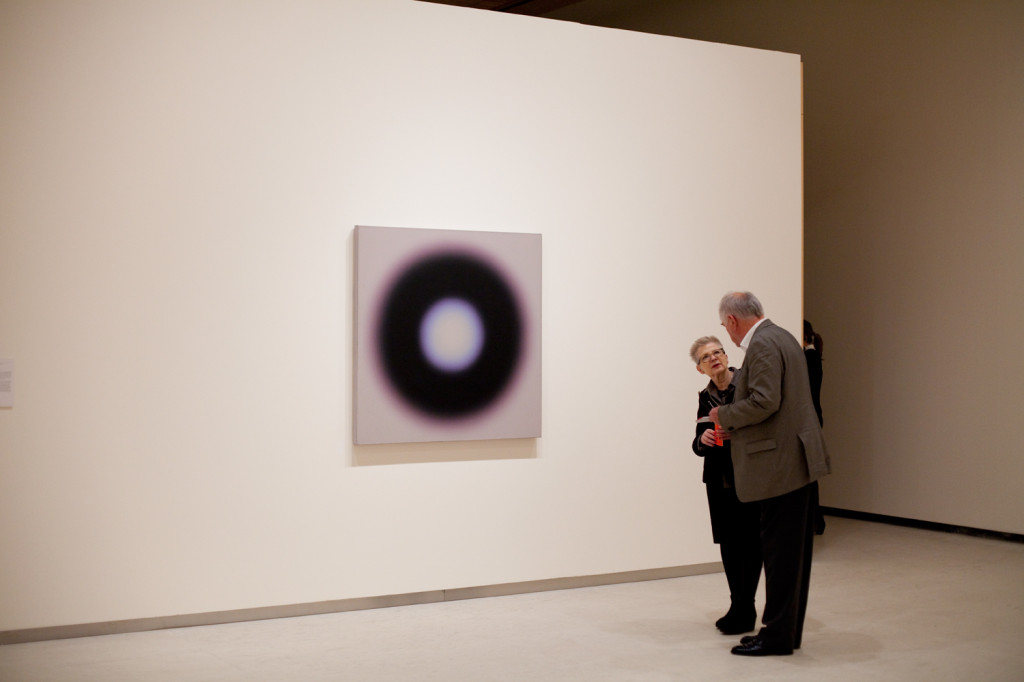
The opening of the exhibition Everybody is Nobody for Somebody photo courtesy of Art Stations Foundation, Madrid 2014

The opening of the exhibition Everybody is Nobody for Somebody, photo Oscar H Espinosa, courtesy of Fundacion Banco Santander, Madrid 2014
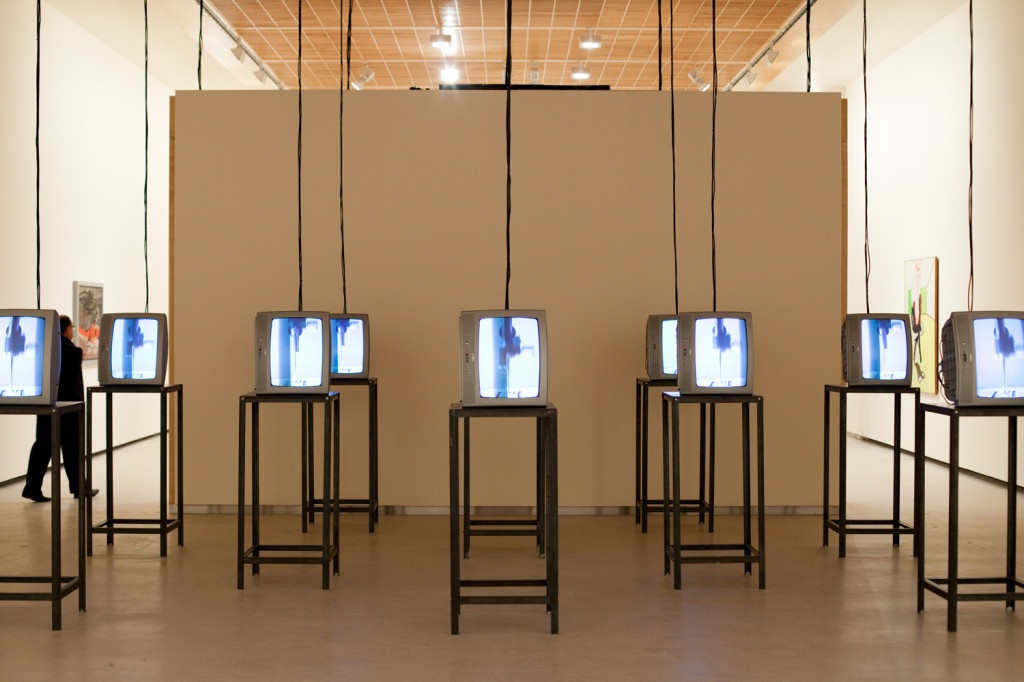
Preview of the exhibition Everybody is Nobody for Somebody, photo Bartek Buśko, courtesy of Art Stations Foundation, Madrid 2014

The opening of the exhibition Everybody is Nobody for Somebody, photo Oscar H Espinosa, courtesy of Fundacion Banco Santander, Madrid 2014
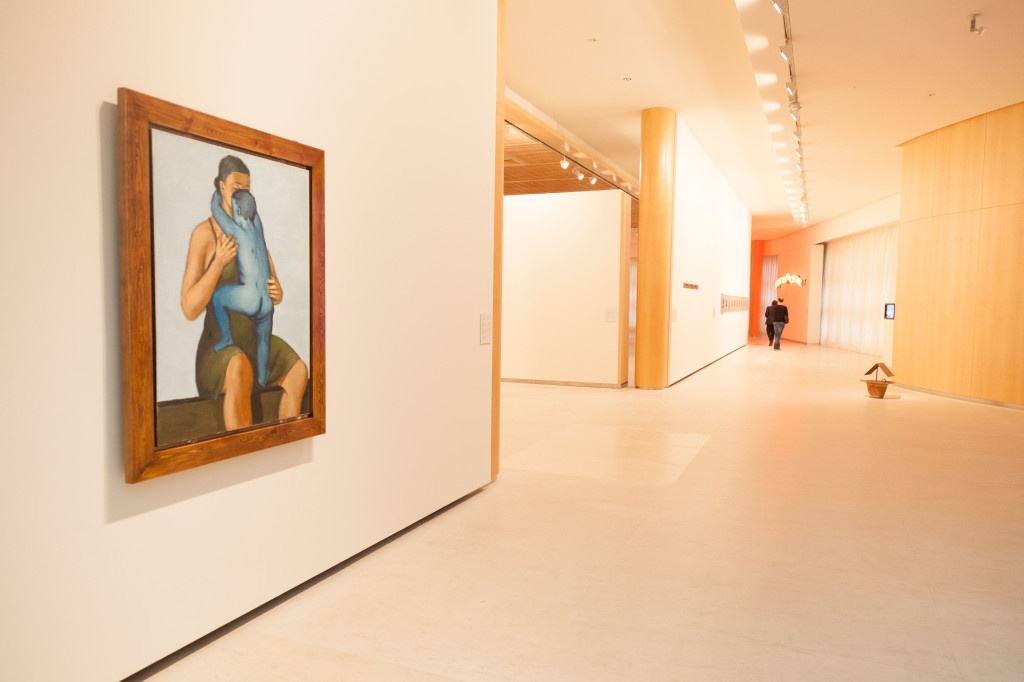
The opening of the exhibition Everybody is Nobody for Somebody, photo Oscar H Espinosa, courtesy of Fundacion Banco Santander, Madrid 2014
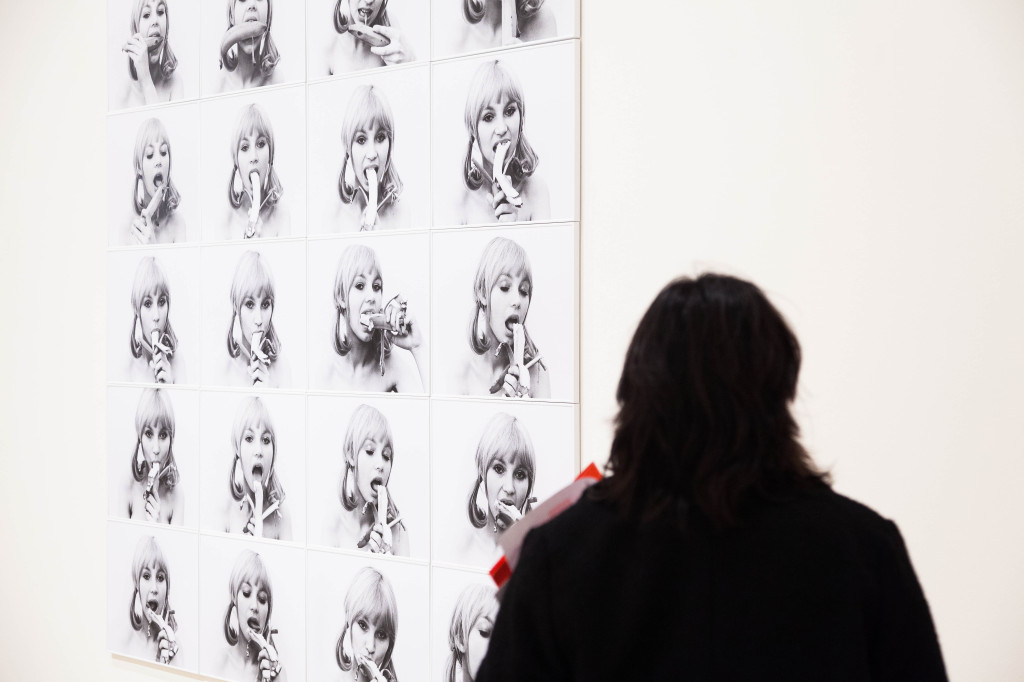
The opening of the exhibition Everybody is Nobody for Somebody, photo Oscar H Espinosa, courtesy of Fundacion Banco Santander, Madrid 2014
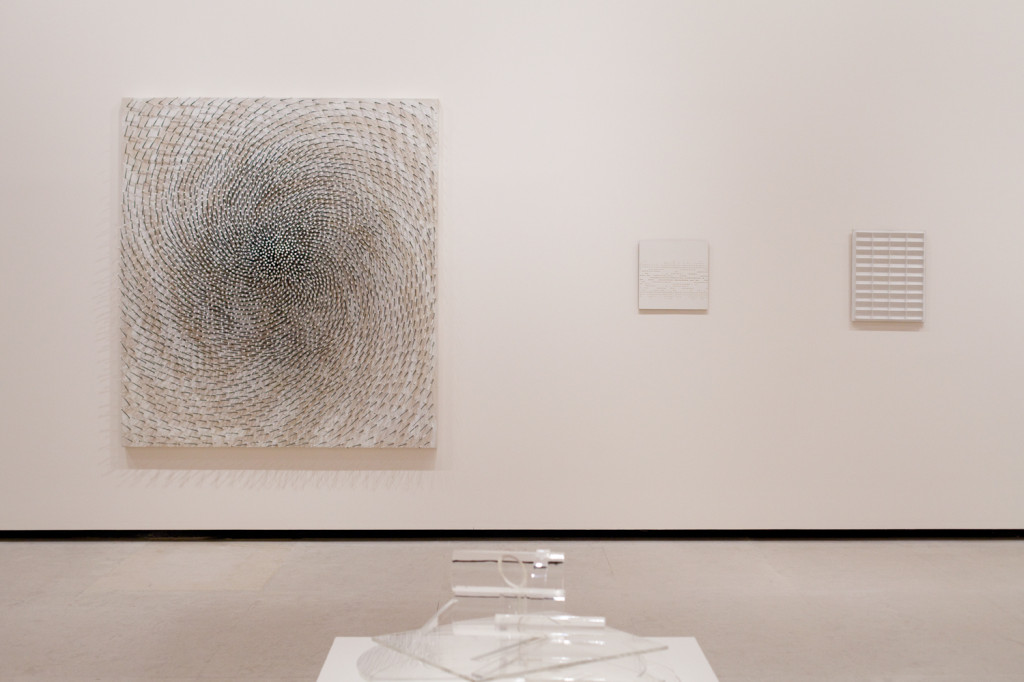
The opening of the exhibition Everybody is Nobody for Somebody, photo Bartek Buśko courtesy of Art Stations Foundation, Madrid 2014

The opening of the exhibition Everybody is Nobody for Somebody, photo Oscar H Espinosa, courtesy of Fundacion Banco Santander, Madrid 2014
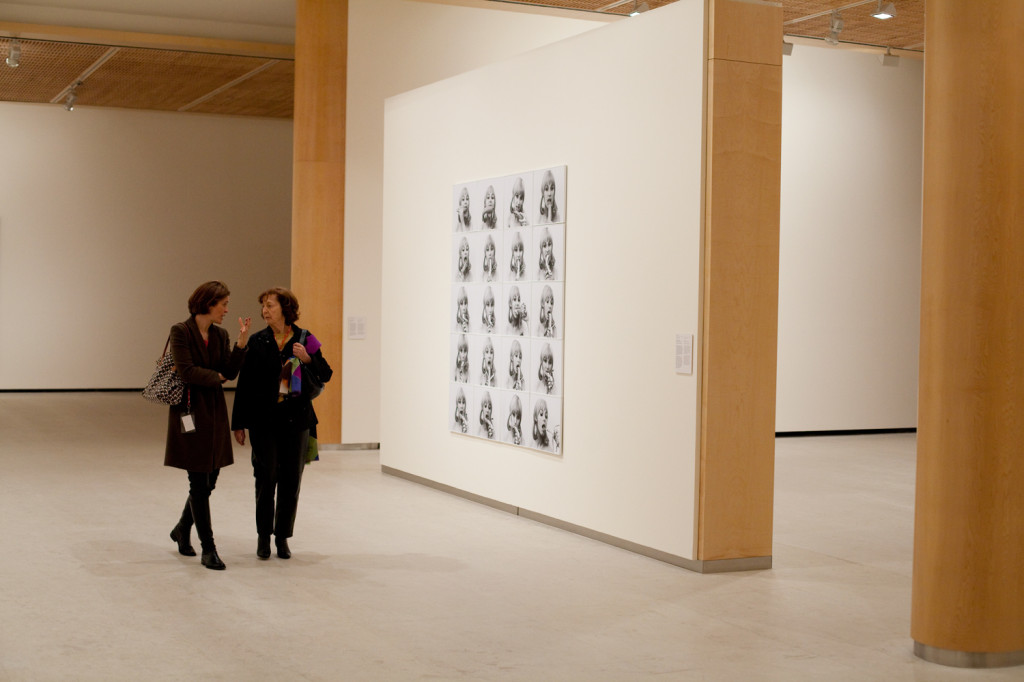
The opening of the exhibition Everybody is Nobody for Somebody, photo Oscar H Espinosa, courtesy of Fundacion Banco Santander, Madrid 2014
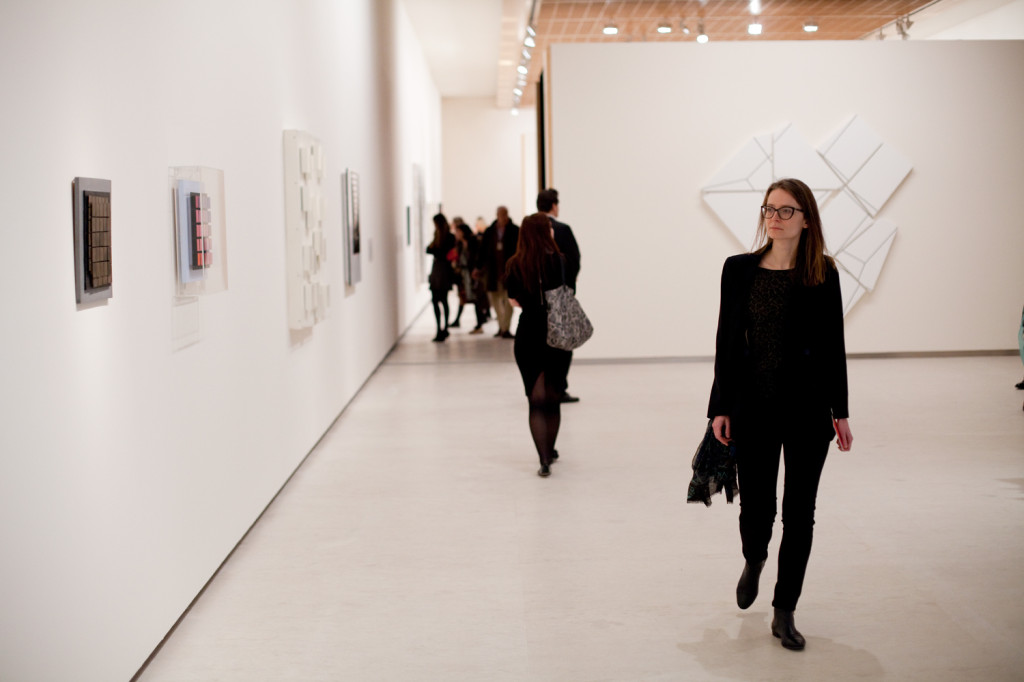
Preview of the exhibition Everybody is Nobody for Somebody, photo Bartek Buśko, courtesy of Art Stations Foundation, Madrid 2014

Preview of the exhibition Everybody is Nobody for Somebody, photo Bartek Buśko, courtesy of Art Stations Foundation, Madrid 2014





